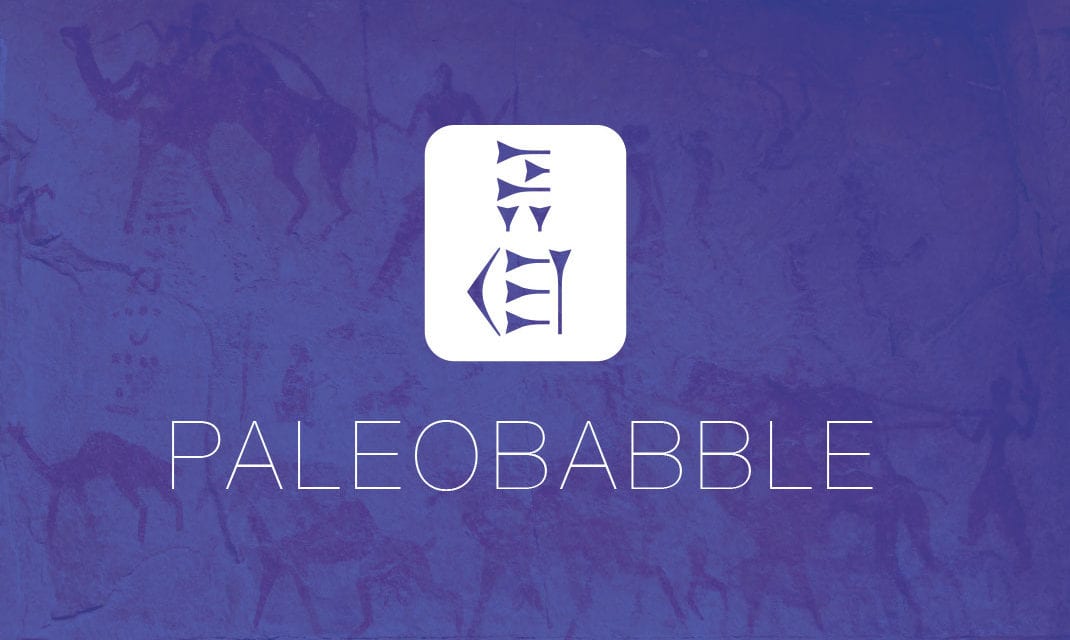One of the most accepted dogmas of New Testament (hereafter, NT) scholarship is that behind the “synoptic problem” of the gospels (Matthew, Mark, Luke – that their material overlaps between one or the other two) is that the material NOT shared by them represents a lost original source. This source is called “Q” (not the Star Trek guy). “Q” is from the German word quelle, which means “source”.
Most NT scholars accept the existence (in the past) of Q. But some don’t, mostly because no such source has ever been found (and so there is no empirical reason to accept it, since there are other explanations for the unique material). The minority scholrs include some big names in NT scholarship, among them Professor Mark Goodacre at Duke. Mark is a friend of mine (we met when I arranged to have him lecture for my employer’s public lecture series – see the Logos lecture site). He’s also written some articles on the synoptics for the non-specialist for the magazine recently started by Logos (I’m the editor). I’m on his side of this issue, so I thought you should be aware of it.
Mark has devoted a lot of attention to the synoptic problem. He has written a technical book called The Case Against Q: Studies in Markan Priority and Synoptic Problem that details his objections to the idea. Here is a companion website to that book, full of Q materials. He’s also written a book on the issue for non-specialists called The Synoptic Problem: A Way Through The Maze (Understanding the Bible and Its World)
. It also has a companion website.
I’m an OT guy and a semiticist, not a NT specialist, and have no problem with gospel writers using sources (Luke tells us he did; Luke 1:1-4). It’s just that I have trouble with scholars putting so much weight on an idea that has no external confirmation. That makes Q, in my judgment, PaleoBabble.




